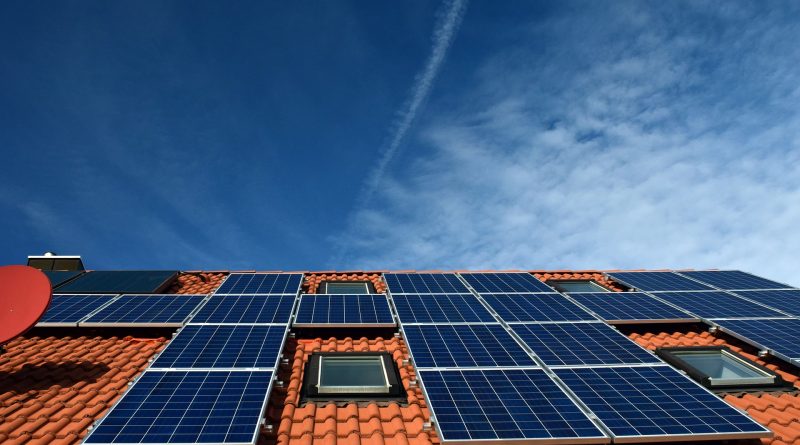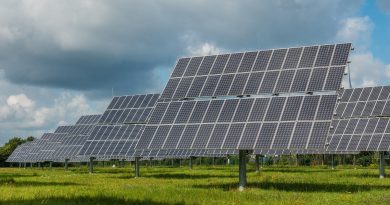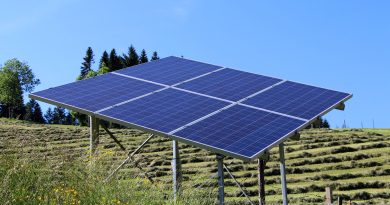Three Phase Meter Connection: A Complete Guide
Three-phase meter connections are a vital aspect of electrical systems, particularly in commercial and industrial settings. Understanding how these meters work and how to connect them correctly is crucial for ensuring accurate and efficient energy measurement. This blog will provide an in-depth look at three-phase meter connections, discussing their importance, key components, installation process, and tips for trouble-free operation.
1. Importance of Three-Phase Meter Connections
Three-phase meter connections play a crucial role in accurately measuring electrical energy consumption in commercial and industrial settings. Unlike single-phase electrical systems that only require two wires (line and neutral) to deliver electricity, three-phase systems use three conductors, known as phases (A, B, and C), as well as a neutral connection. Proper meter connections ensure that electricity is measured correctly, helping businesses monitor and manage their energy consumption effectively.
2. Key Components of Three-Phase Meter Connections
Three-phase meter connections consist of several essential components that work together to measure electrical energy accurately. These components include:
1. Three-Phase Energy Meter: This meter is designed specifically for measuring energy in three-phase systems. It measures active and reactive power consumption, voltage, current, and power factor.
2. Current Transformers (CTs): CTs are used to step down the high line current to a safe level that can be easily measured by the meter. They are installed on each of the three phases and provide accurate current measurements for energy calculations.
3. Potential Transformers (PTs): PTs, also known as voltage transformers, step down the high line voltage to an appropriate level for the meter. They ensure that the meter receives accurate voltage measurements for energy calculations.
4. Metering Panel: This panel houses the energy meter, CTs, and PTs. It provides the necessary mounting space for the meter and ensures all components are correctly connected and protected.
3. Installation Process
Proper installation of a three-phase meter connection is critical for accurate energy measurement and safe operation. Here is a step-by-step guide on how to install a three-phase meter connection:
Step 1: Select a Suitable Location for the Meter:
Choose a location near the main power supply, ensuring easy access for meter reading and maintenance. The metering panel should be installed indoors and protected against environmental influences to maintain accuracy and reliability.
Step 2: Install Current Transformers (CTs):
Mount the CTs on each of the three phases. Ensure that they are securely attached to the conductors, following the manufacturer’s instructions. Proper alignment and connection ensure accurate current measurements.
Step 3: Install Potential Transformers (PTs):
Connect the PTs to each phase, ensuring the correct polarity. The PTs should be adequately grounded to prevent voltage surges and ensure accurate voltage measurements.
Step 4: Connect the Energy Meter:
Mount the energy meter securely inside the metering panel. Connect the CTs and PTs to the appropriate terminals on the meter, following the manufacturer’s instructions. Double-check all connections to ensure they are secure and properly tightened.
Step 5: Verify Connections and Perform Testing:
Before energizing the system, carefully inspect all connections for proper alignment, ensuring there are no loose or damaged wires. Once verified, carefully close the metering panel and proceed with energizing the system. Perform testing using appropriate equipment to ensure accurate energy measurement.
4. Tips for Trouble-Free Operation
To ensure trouble-free operation of three-phase meter connections, consider the following tips:
1. Regular Maintenance: Schedule periodic inspections and maintenance to ensure all connections remain tight and secure. Clean the meter and its components regularly to prevent dust and dirt accumulation, which can affect accuracy.
2. Adequate Grounding: Ensure proper grounding of all components, including CTs, PTs, and the metering panel. A solid grounding system helps protect against voltage surges and ensures accurate energy measurement.
3. Prompt Troubleshooting: If you notice any irregularities in energy readings or suspect a metering issue, consult a qualified electrician promptly. Timely troubleshooting can help identify and fix any metering problems before they escalate.
4. Compliance with Regulations: Stay updated with local regulations and standards related to three-phase meter connections. Complying with safety requirements and industry standards ensures the proper installation and operation of the metering system.
Conclusion
Empower your energy monitoring with SolarClue®’s complete guide on three-phase meter connections. Understand the distinctions from single-phase meters, grasp key components, and gain insights into construction and functionality. Our step-by-step connection guide ensures a seamless installation with emphasized safety precautions. Discover the advantages of three-phase meters in industrial settings, and let SolarClue® assist your business in evaluating its energy monitoring needs. Learn to read and interpret data effectively, empowering you to identify irregularities. We emphasize the importance of calibration and offer troubleshooting solutions. Stay updated on advancements with SolarClue®, your reliable source for the latest features. Upgrade confidently with our expert guidance for a seamless transition to efficient three-phase metering. Contact us for empowered energy management.
Frequently Asked Questions
A three-phase meter measures electricity consumption in three-phase electrical systems, distinguishing itself from a single-phase meter by accommodating three live wires. It is essential for industrial and large-scale commercial applications.
Certainly, SolarClue® elucidates the key components of a three-phase meter, offering insights into its construction and functionality. Consumers gain a comprehensive understanding of the meter’s inner workings.
SolarClue® guides consumers on the correct connection of a three-phase meter in a typical electrical setup. Safety precautions are emphasized to ensure a secure and accurate installation process.
Three-phase meters offer enhanced accuracy and efficiency, making them ideal for industrial settings. SolarClue® assists businesses in evaluating their energy monitoring needs, determining the suitability of a three-phase meter for precise measurements.
SolarClue® offers a step-by-step guide on the connection process of a three-phase meter. Clear instructions ensure consumers have the information needed for a seamless and accurate installation.
SolarClue® provides education on reading and interpreting data from a three-phase meter. This empowers consumers to monitor electricity consumption effectively, enabling them to identify and address any irregularities.
Calibration is crucial for meter accuracy. SolarClue® guides consumers on the importance of calibration and offers assistance in ensuring their three-phase meters are accurately calibrated for precise energy measurements.
SolarClue® addresses potential challenges and troubleshooting aspects related to three-phase meter connections. Practical solutions are provided to assist consumers in resolving issues effectively.
SolarClue® stays updated on three-phase meter technology advancements, ensuring consumers have access to the latest features and functionalities. We provide a reliable source for information on efficient energy monitoring solutions.
SolarClue® supports consumers in upgrading or transitioning to three-phase meters. Our expert guidance ensures a smooth and seamless process, providing assistance throughout the transition to the advanced capabilities of three-phase metering.



